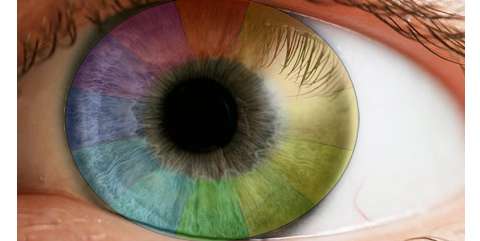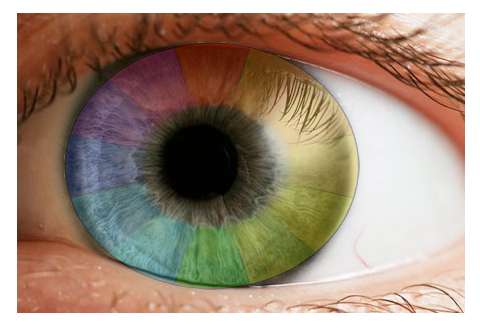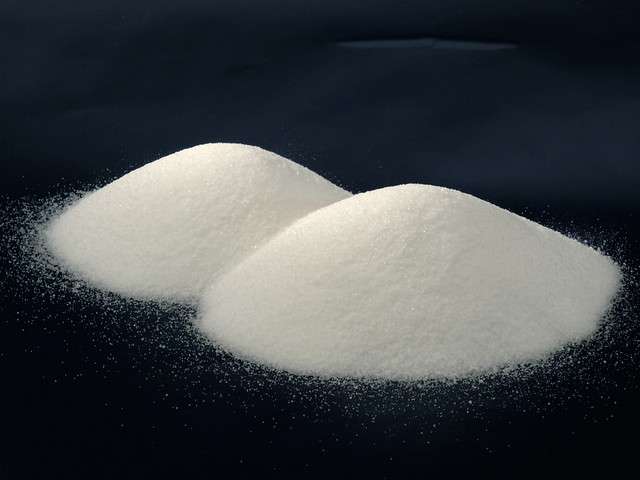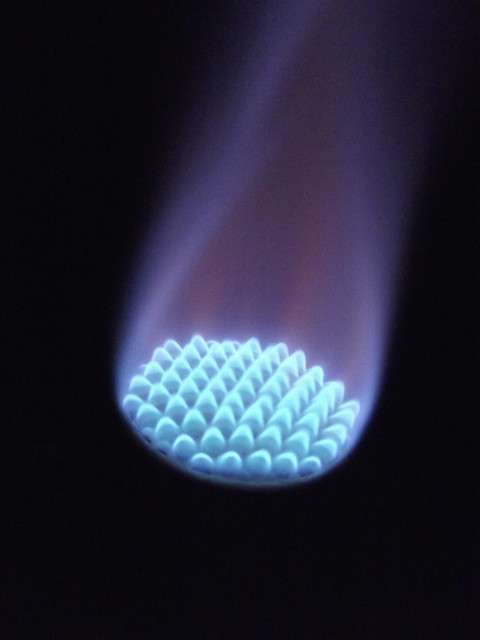
The human eye is an amazing tool, with the ability to distinguish millions of color variations. Amazingly, science has emulated the human eye’s perception of color difference and translated that information into colorimetric technology. Spectrophotometers quantify color difference in the same way our brain processes color through light absorption and reflection, and utilizes this data for a variety of scientific and industrial applications.

The human eye has amazing abilities to differentiate color and science has transferred this technology to precise and objective analysis through spectrophotometric instrumentation. Image Source: Flickr user Liz Foreman



